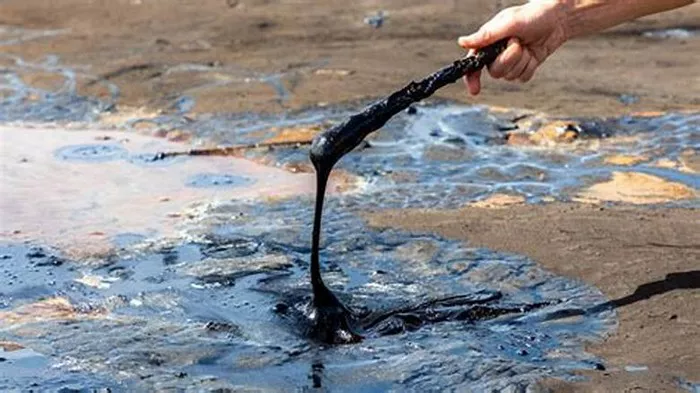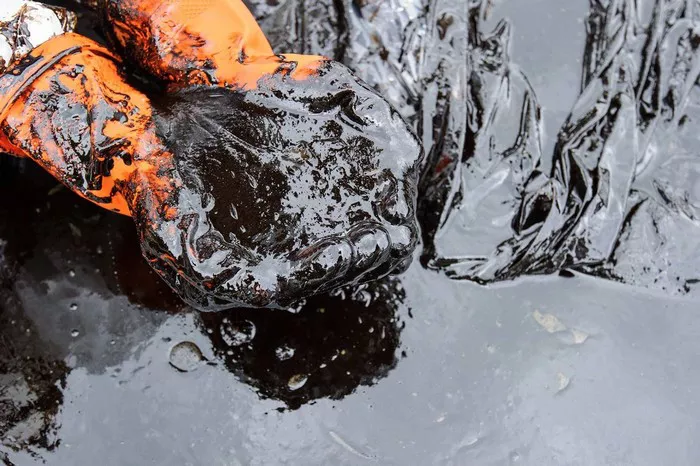The distillation process of crude oil is a complex procedure that forms the backbone of the petroleum refining industry. This process involves separating the various hydrocarbons present in crude oil into distinct components or fractions, each of which has different applications. Below, we delve into the seven crucial stages that occur during the distillation of crude oil, providing a detailed and professional overview.
1. Crude Oil Pre-treatment
Desalting
Before the actual distillation process begins, crude oil undergoes a pre-treatment phase known as desalting. This step is essential to remove salts and other impurities that could cause corrosion and fouling in the distillation equipment.
Process:
Crude oil is mixed with water, creating a water-in-oil emulsion.
Electrical fields are applied to separate the water and salt from the oil.
The desalinated crude oil is then sent to the distillation unit.
Heating
After desalting, the crude oil is pre-heated in heat exchangers using heat recovered from other parts of the refining process. This heating reduces the energy required in the furnace, improving overall efficiency.
Process:
Crude oil passes through a series of heat exchangers.
It is heated to approximately 200-300°C before entering the furnace.
See Also: 8 Points Explaining How Crude Oil Is Refined
2. Vaporization in the Furnace
Furnace Heating
The pre-heated crude oil is fed into a furnace, where it is further heated to initiate the vaporization of hydrocarbons. This step is critical for the separation process that follows.
Process:
The crude oil is heated to temperatures between 350-400°C.
At these temperatures, the lighter hydrocarbons vaporize, while the heavier components remain liquid.
Partial Vaporization
Not all components of crude oil vaporize at the same temperature. The partial vaporization ensures that the heavier fractions remain as liquids, while the lighter fractions become vapor.
Process:
The heated crude oil mixture is a combination of vapors and liquid.
This mixture then enters the fractionating column for separation.
3. Fractionating Column Separation
Column Structure
The fractionating column, or distillation tower, is a tall cylindrical structure divided into multiple trays or stages. Each tray allows for the separation of different hydrocarbon fractions based on their boiling points.
Process:
The mixture enters the column at a high temperature.
As the vapors rise, they cool and condense on the trays.
Separation Mechanism
Within the column, hydrocarbons separate according to their boiling points. Lighter fractions condense at higher points in the column, while heavier fractions condense lower down.
Process:
The vapors rise through the column and cool.
Lighter hydrocarbons condense and are collected at the top, while heavier ones are collected lower down.
4. Collection of Fractions
Top of the Column
The lightest hydrocarbons, such as gases and light naphtha, are collected at the top of the fractionating column. These components have the lowest boiling points.
Components:
Gases (methane, ethane, propane, butane)
Light naphtha (used in gasoline production)
Middle of the Column
Mid-range fractions condense in the middle section of the column. These fractions include kerosene and diesel, which have higher boiling points than naphtha but lower than heavy fuel oil.
Components:
Kerosene (used as jet fuel)
Diesel (used in diesel engines)
Bottom of the Column
The heaviest fractions, such as heavy fuel oil and residues, are collected at the bottom of the column. These components have the highest boiling points and do not vaporize easily.
Components:
Heavy fuel oil (used in industrial boilers)
Residue (used for further processing or as asphalt)
5. Reflux Process
Refluxing
To enhance the efficiency of separation, a portion of the condensed liquid is re-circulated back into the column as reflux. This helps maintain the temperature gradient and improves the purity of the fractions.
Process:
Condensed liquid from the top is returned to the column.
This liquid interacts with rising vapors, enhancing separation.
Temperature Control
Refluxing helps in controlling the temperature within the column, ensuring that each tray operates at the correct temperature for optimal separation.
Process:
The re-circulated liquid absorbs heat from the rising vapors.
This maintains a stable temperature gradient throughout the column.
6. Further Processing of Fractions
Treatment Units
The separated fractions undergo further processing to remove impurities and enhance their quality. These treatment units are crucial for meeting product specifications.
Units:
Desulfurization units (remove sulfur compounds)
Catalytic reforming units (improve octane rating)
Conversion Processes
Heavy fractions are often subjected to conversion processes to produce more valuable products. These processes break down large molecules into smaller, more useful ones.
Processes:
Cracking (thermal or catalytic)
Hydrocracking (using hydrogen)
7. Storage and Distribution
Storage Tanks
Once the fractions are processed and treated, they are stored in large tanks before being distributed to various markets. Proper storage is essential to maintain the quality and safety of the products.
Facilities:
Floating roof tanks (for volatile liquids)
Fixed roof tanks (for less volatile liquids)
Distribution Networks
The final products are transported through pipelines, tankers, or trucks to distribution centers and end-users. Efficient logistics are vital for ensuring a steady supply of petroleum products.
Methods:
Pipelines (for continuous supply)
Tankers and trucks (for flexibility and reach)
conclusion
The distillation process of crude oil is a sophisticated and highly technical procedure that involves several key stages. From the initial pre-treatment to the final storage and distribution, each step is crucial for producing the wide range of petroleum products that fuel our modern world. Understanding these steps provides insight into the complexity and importance of the petroleum refining industry.
Related topics:































